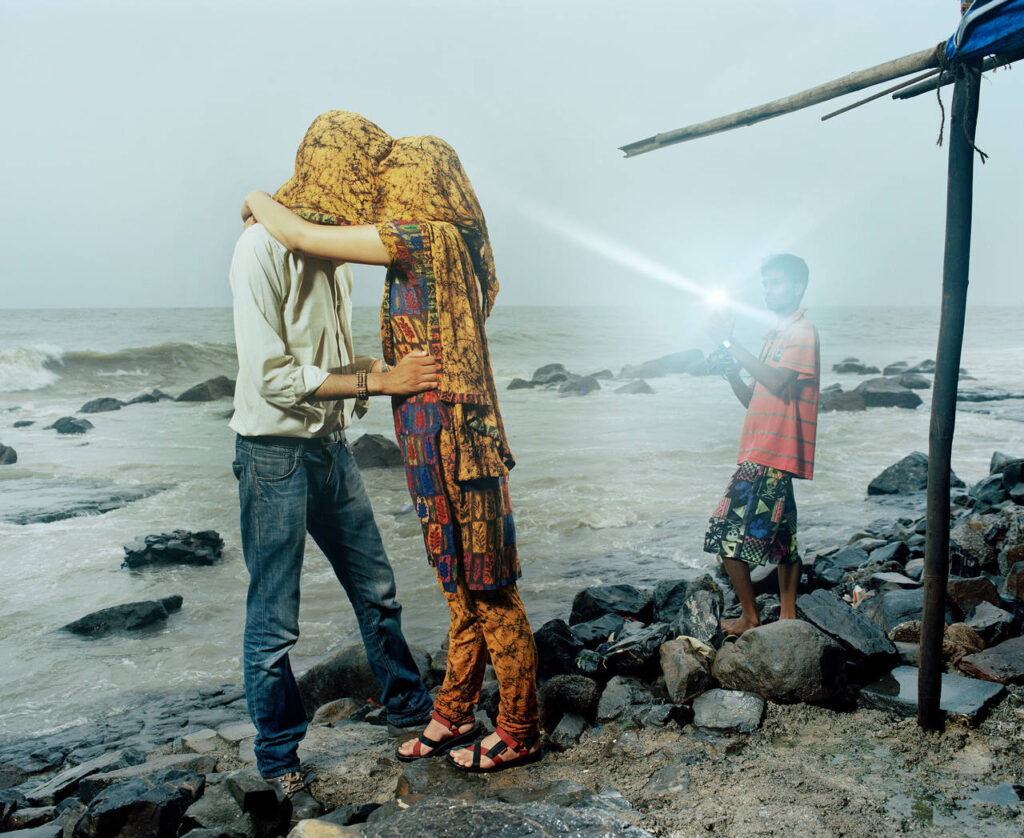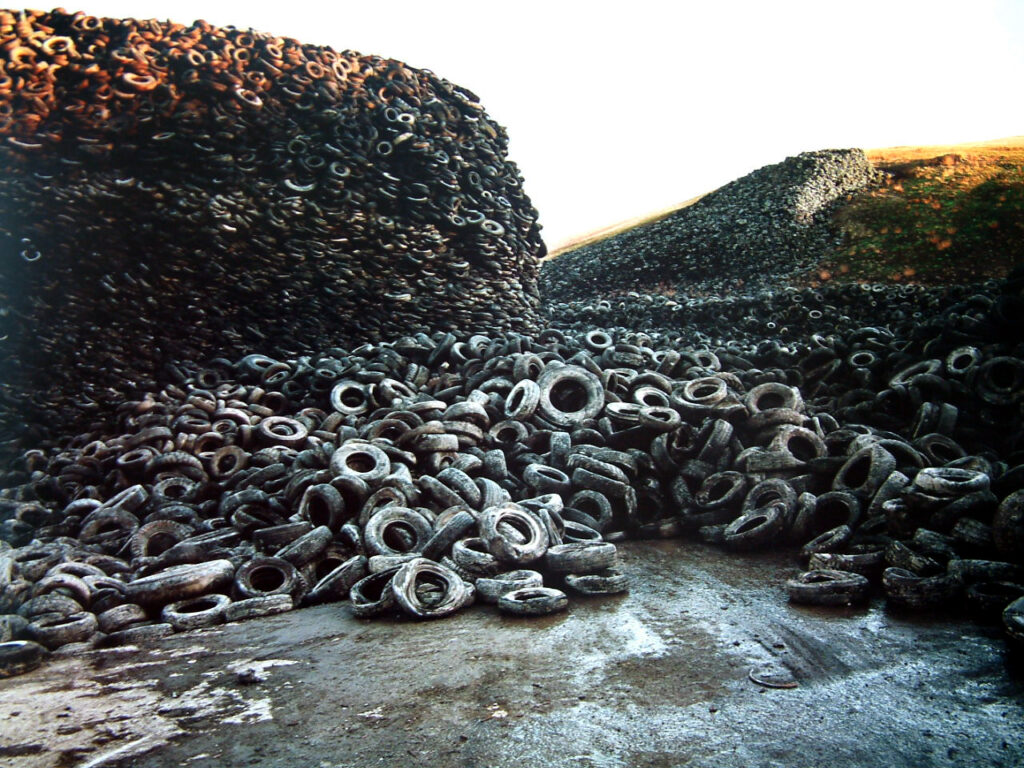Introduction
Photography turns the ordinary into extraordinary, with the use of different mediums it frames reality. One medium is the Daguerreotype, created by Louis Daguerre who is known as one of the fathers of photography. The Daguerreotype is a highly detailed image on a sheet of copper, plated with a thin coat of silver. The surface was polished until it looked like a mirror, which is also what the images are categorized as according to Szarkowski. Reflection of the Subject: Unlike the calotype, which is more about capturing a scene, the daguerreotype directly reflects the subject in a detailed and almost literal way. Intimacy and Presence: Szarkowski noted that daguerreotypes often convey a sense of intimacy. Clarity and detail can evoke a personal connection John Szarkowski said, ‘a mirror, reflecting a portrait of the artist who made it’.1 The Daguerreotype was mainly used for portraits and personal images, that created a narrative. Representation of Reality: Szarkowski suggested that the calotype, like a window, offers a view into the world. Subjectivity of Perspective: While a window provides a specific view, it also filters what is seen based on the viewer’s position and the window’s frame Szarkowski presents a binary theory of photography as an art, in agreement to this we have the Calotype created by William Henry Fox Talbot. It was an improvement of the daguerreotype. A sheet of paper coated with silver chloride was exposed to light in a camera obscurers. Henry Fox created outdoors images, as Szarkowski explains ‘a window which one might better know the world’.2 Overall, I agree with Szarkowski’s theory of binary opposites when it comes to window and mirror photography, opposites are what create a string, a pathway to create narrative throughout imagery. Although I do not agree that all photography stays within this binary line, I believe that some images may dip between either a mirror or a window creating a hybrid image.
Paragraph 1: Mirror Images

This image is a mirror due to the use of models, and the framework that has gone into it. Pinckers has used tableaux, a group of motionless models to tell a story, and the story being told here is clearly linked to romanticism which is another feature of mirrors. This image is very subjective, up to an individual’s ideas, this is created by using little to no anchorage, for example the use of covering the models’ faces but leaving the face of a young boy who is taking photos of the ‘couple’. The images look like fiction, it’s not a real story it has been invited, we can see this by the use of objects, by using the exact moment the boys flash went off and using scarf to cover them, creating a staged scene. Szarkowski describes mirrors as ‘ a romantic expression’3, which is clearly portrayed here by the closeness of the models, leaving to imagination what is happening under the scarf. When he refers to mirrors as “a romantic expression,” he likely delves into the idea of reflection—not just in a literal sense, but also metaphorically. Szarkowski’s appreciation for mirrors as a romantic expression underscores the transformative power of photography—how it can reflect not just the external world but also the internal landscapes of human experience. On the other hand, Jed Pearl critiques the use of mirrors in art by highlighting their dual nature.4
(add a quote here by Pearl as an example of his critique)
While mirrors can create compelling visual effects and engage viewers, Perl often points out that they can also lead to a superficial understanding of art.
Paragraph 2: Window Images

This image is a window using documentary, it consists of facts and isn’t staged, it is a fact that this place exists within the world, and this is what happens there. It is candid in the sense that it is straightforward, it portrays true realism, the actual situation it has no models within it that have had time to pose. This makes the images very objective, not letting people really put their personal opinions on it because it is so straightforward. It has a straight and optical view, with an open view it creates a public atmosphere, this landscape is not hidden to anyone or anything. Szarkowski describes windows as ‘ the exterior world explored in all its presence and reality’.5 Unlike mirrors, which reflect the self, windows invite viewers to engage with the world outside. They serve as frames that reveal the complexity of reality, capturing moments that are often rich with context, emotion, and narrative. They offer a glimpse into different environments, cultures, and experiences, enriching our understanding of the world. On the contrary Jed Pearl critiques, the use of windows in art by examining their potential to create a false sense of immediacy or authenticity. He argues that while windows can provide a view into the external world, they can also distance the viewer from the true essence of the scene being depicted. “An imperfect knowledge of the past” 6In essence, Perl’s critique serves as a reminder that while windows can enrich visual storytelling, they should be used thoughtfully to ensure that they enhance rather than detract from the depth and substance of the artwork.
Photography is an incredibly unique art, it’s like no other in the essence of how many different forms it can create not only how many different modes it can make for example portrait vs landscape, but also in the essence of windows vs mirrors. John Szarkowski and Jed Perl offer insightful frameworks for understanding these dual roles, allowing us to explore the complex relationship between representation, reality, and perception in photography. Szarkowski describes mirrors as reflective surfaces that reveal the self, emphasizing personal introspection and the subjective experience of the viewer. Conversely, Szarkowski’s concept of windows focuses on the external world as it exists in all its presence and reality. Jed Perl provides a critical lens through which to examine these concepts. He critiques mirrors for potentially fostering a sense of narcissism, where the viewer becomes more focused on their reflection than on the artwork itself. Perl also highlights the superficiality that can arise from the use of windows in photography. Pearl argues that windows do provide a view of the external world, but they can also lead to a representation that is almost rules over and portrayed in a specific style, which might belittle and gloss over the deeper emotional engagement and understanding. In conclusion, Szarkowski’s theory of mirrors and windows provides a very valuable framework for understanding the oppositions of photography. Mirrors open the door for a subjective exploration of identity and emotion, while windows assist an objective engagement with the external world. Perl’s critique enriches this discussion by reminding us of the potential pitfalls associated with each approach, emphasizing the need for a deeper exploration beyond mere surface representations.
- Mirrors and Windows American Photography since 1960- John Szarkowski ↩︎
- Mirrors and Windows American Photography since 1960- John Szarkowski ↩︎
- Mirrors and Windows American Photography since 1960- John Szarkowski
↩︎ - A Review Of Mirrors And Windows 1978- Jed Pearl ↩︎
- Mirrors and Windows American Photography since 1960- John Szarkowski ↩︎
- A Review Of Mirrors And Windows 1978- Jed Pearl ↩︎

Shelby, this is a assured piece of writing; demonstrating a confident approach to analysing differences/ similarities between image that are mirrors and windows. Intelligent use of references from literary source are employed where appropriate that provides critical perspectives and allows for further comments to advance argumentation.
I have made some minor changes/ suggestions directly into your text:
strikethrough = delete
small text = replace text with deleted above
red text: consider improving
Points to consider for future essay:
1. No abbreviations eg. does not instead of doesn’t etc
2. Captions for each illustration, ie. artist name, title of work, year of production
Clearly, you have good essay writing skills and understanding that will serve you well in your Personal Study. I encourage you to make good use of knowledge gained from media studies around feminism/ representations of women etc and quote directly or paraphrase from literary sources read.
14/18 = A
Well done and keep going…